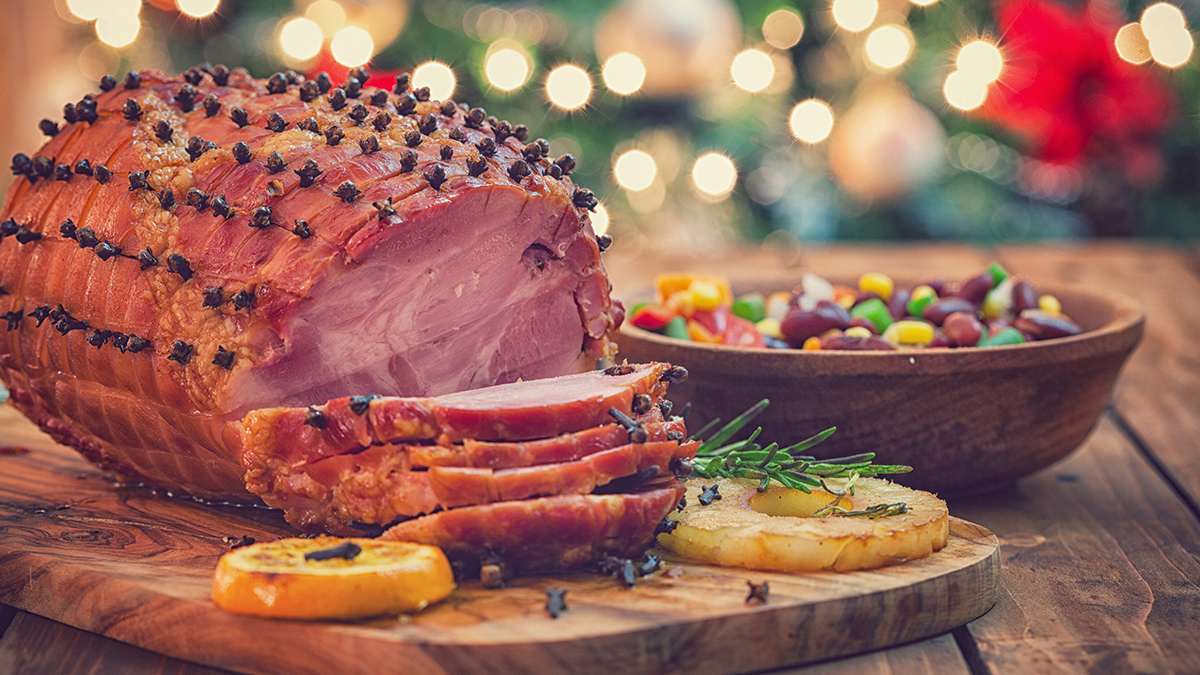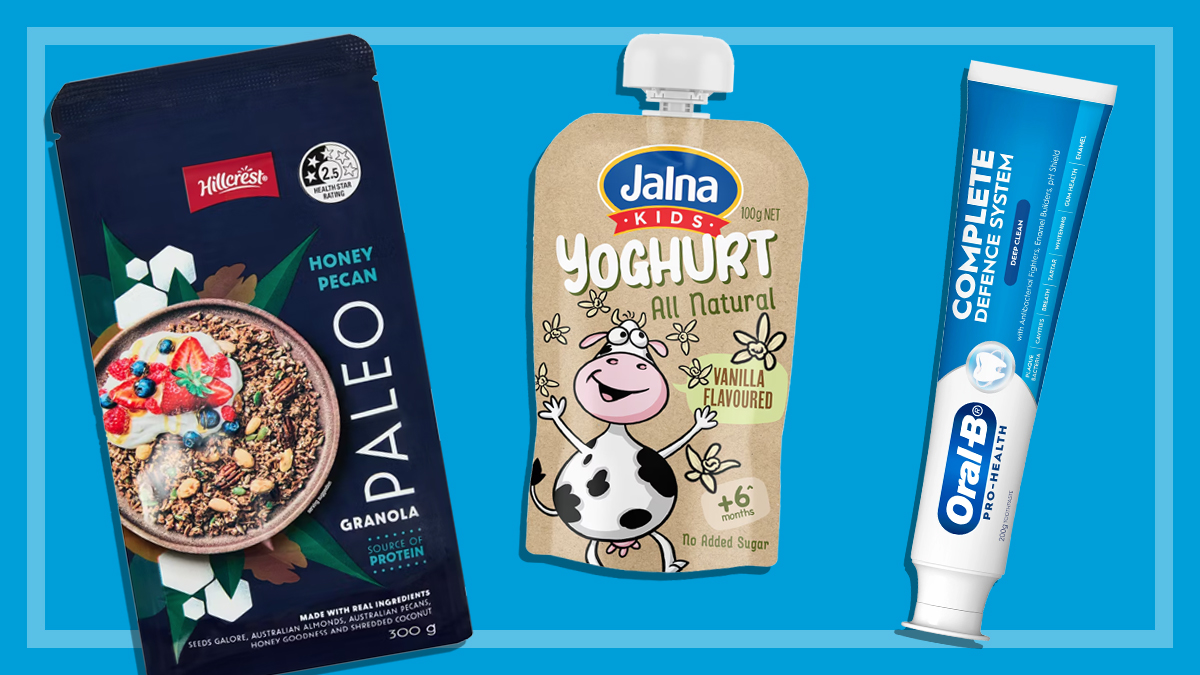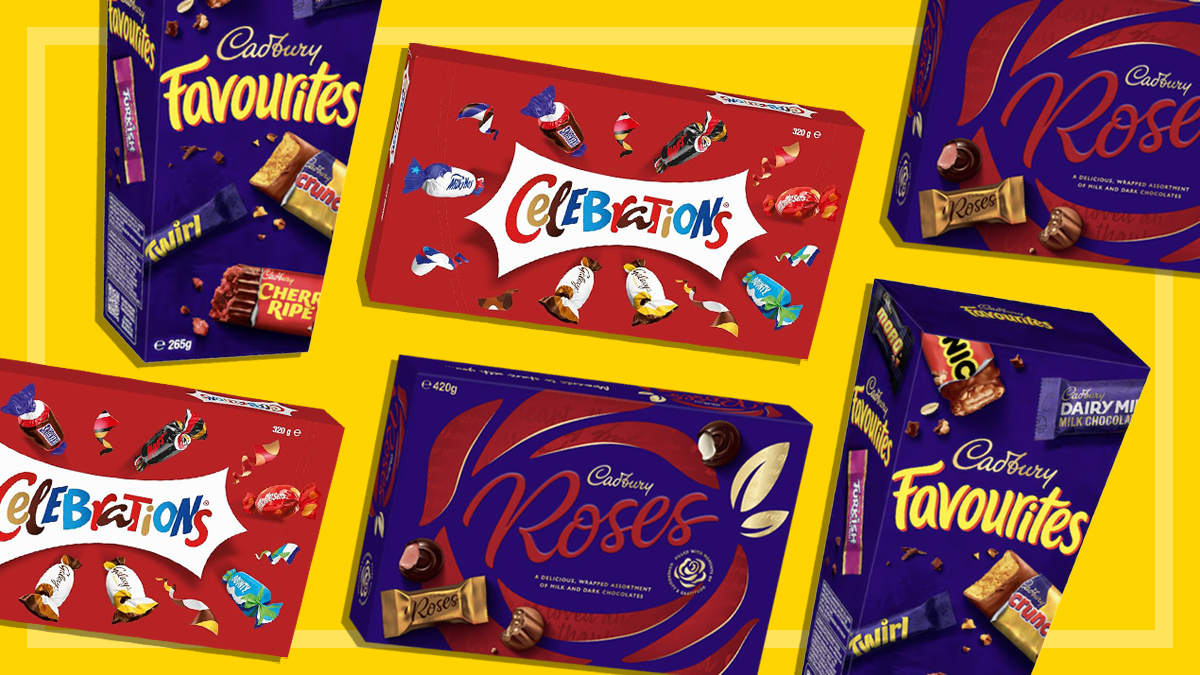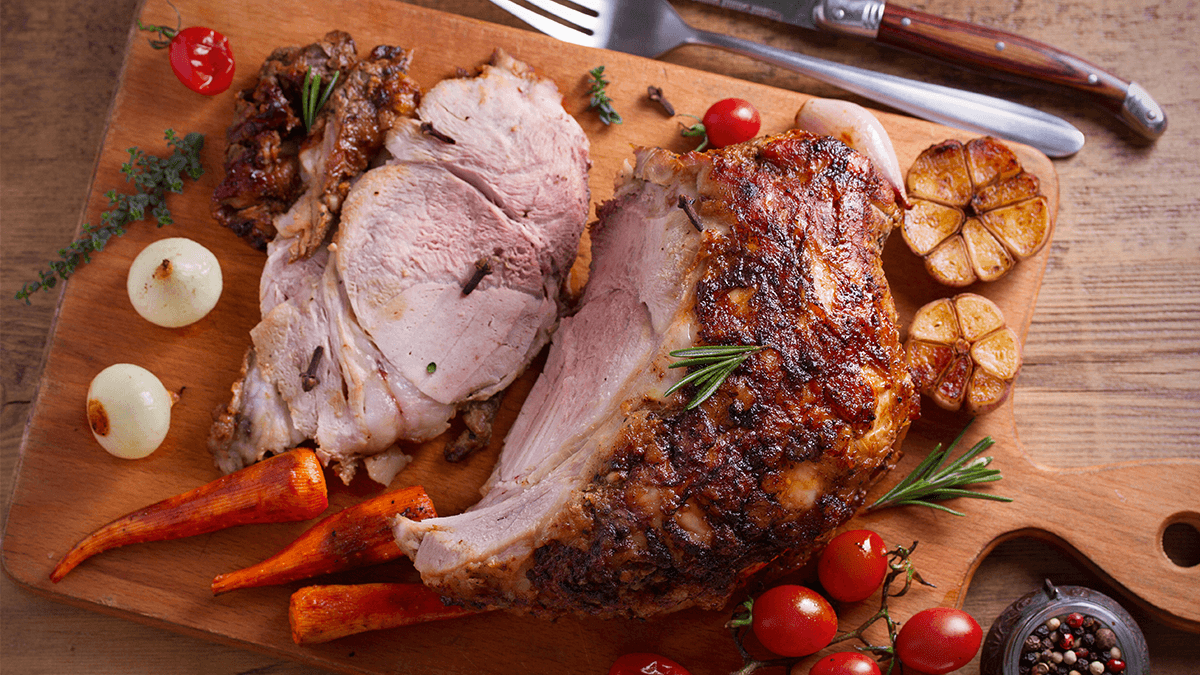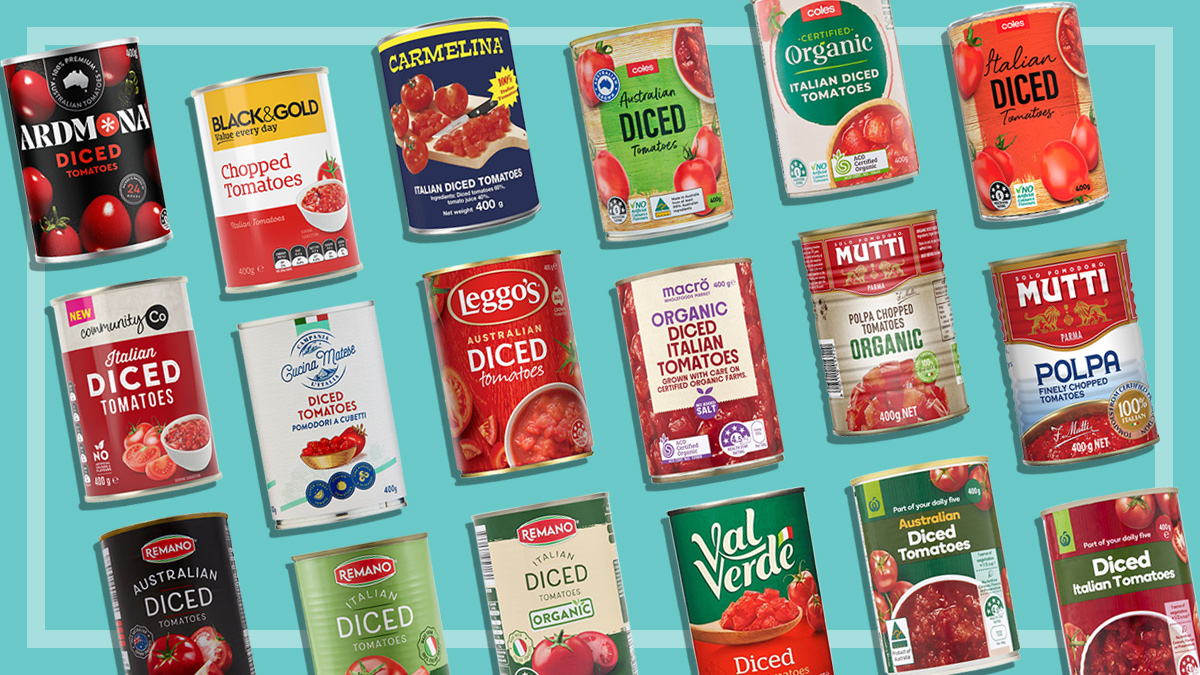Get our independent lab tests, expert reviews and honest advice.
Ultra-processed food and why it’s bad for you
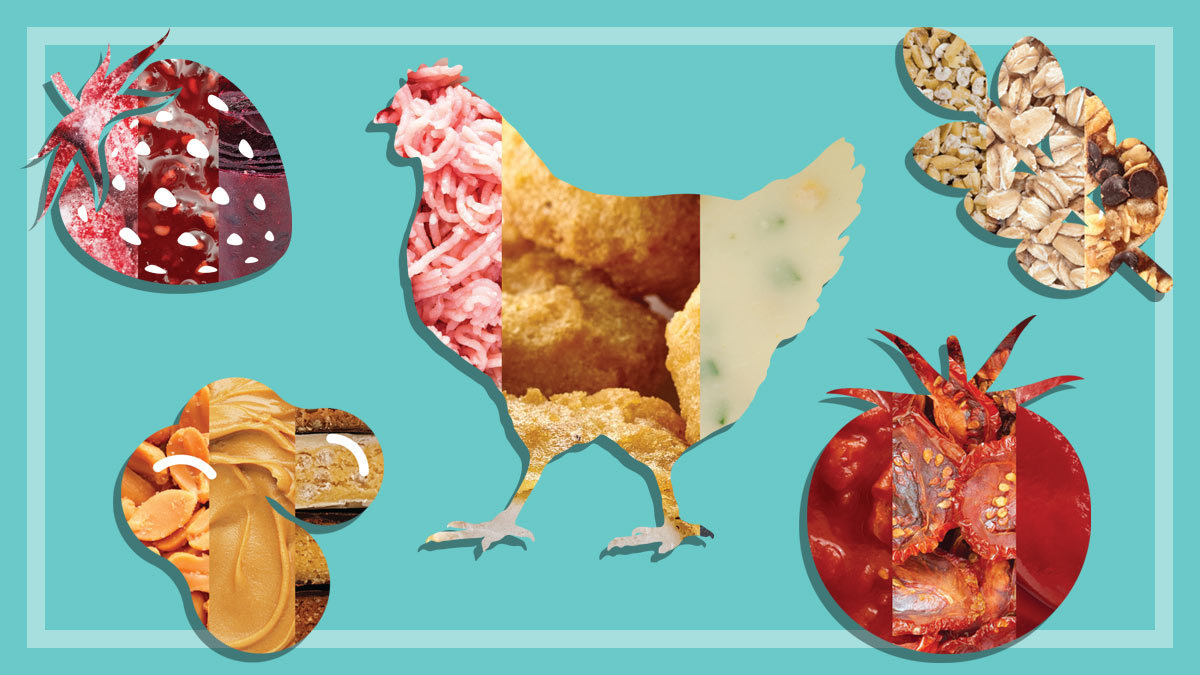
Need to know
- Food processing is anything you do to a food to alter its original state
- The further removed a food gets from its original state, the less healthy it tends to be
- Ultra-processed foods are created by a series of processes, and tend to be energy-dense, high in undesirable nutrients and low in beneficial nutrients
On this page:
- What does 'ultra-processed' mean?
- Other ingredients in ultra-processed foods
- Are ultra-processed foods bad for you?
- How 5 common whole foods become other foods
Much like ‘junk food’, ‘fast food’ and ‘convenience food’, the term ‘ultra-processed’ has made its way into our everyday lexicon to refer to food that’s unhealthy.
But what does it actually mean? How is ultra-processed food different from food that’s merely ‘processed’? And why is it so bad for you?
In this article we answer these questions, and we explore the food processing journeys for five popular foods: oats, chicken, peanuts, strawberries and tomatoes.
What does ‘ultra-processed’ mean?
There’s no standard definition of the term ultra-processed, but probably the best-known explanation comes from Nova, a food classification system developed by scientists in Brazil.
Nova classifies all foods and food products into four groups, and gives examples:
1. Unprocessed or minimally processed foods
Examples include nuts, seeds, rice and other grains, legumes, fruit, vegetables, eggs, fresh meat, fish and milk.
2. Processed culinary ingredients
Examples include oils, butter, salt, refined starches and sugar.
3. Processed foods
Examples include canned vegetables and legumes, salted or sugared nuts and seeds; salted, pickled, cured or smoked meats; canned fish, fruits in syrup, cheeses and freshly made bread.
4. Ultra-processed foods
Examples include carbonated drinks, sweet or savoury packaged snacks, ice cream, chocolate, confectionery, mass-produced packaged breads, biscuits, pastries, cakes, cereal bars, margarines and spreads, processed cheese, energy drinks, sugared fruit yoghurts and drinks, many pies and pasta and pizza dishes, poultry and fish nuggets, sausages, burgers, hot dogs and other reconstituted meat products, and instant soups and noodles.
What is the Nova food classification system?
Nova is a system that the Food and Agriculture Organization of the United Nations has promoted as a way of monitoring consumption of foods and their impact on the overall quality of a diet and their effects on health and disease.
Other ingredients in ultra-processed foods
Ultra-processed foods, like processed foods, usually include one or more of the processed culinary ingredients above. But they also contain ingredients you’re less likely to have in your pantry.
Some of these are extracted from foods, such as casein, lactose, whey protein and gluten.
Others are obtained from further processing of food constituents, such as:
- hydrogenated oils, soya protein isolate, maltodextrin and high-fructose corn syrup
- additives such as food colours, flavour enhancers and non-sugar sweeteners
- processing aids such as anti-caking agents, emulsifiers and humectants.
A further distinction of ultra-processed foods is, of course, the processes they go through, such as hydrogenation, hydrolysation and extrusion, which wouldn’t happen in a domestic kitchen.
As the Brazilian researchers describe them: “These are not modified foods, but formulations mostly of cheap industrial sources of dietary energy and nutrients plus additives, using a series of processes (hence ‘ultra-processed’).”
Are ultra-processed foods bad for you?
Numerous studies have found that eating lots of ultra-processed foods is bad for your health. Research has linked a high intake with everything from obesity, depression and irritable bowel syndrome, to an increased risk of cardiovascular disease and breast cancer.
Ultra-processed foods are often energy-dense, high in unhealthy types of fat, refined starches, added sugars and salt, and are poor sources of protein, dietary fibre and micronutrients.
They also tend to be attractively packaged, convenient and super tasty. As a result, it’s easy to eat too much of them, and they can displace natural or minimally processed (better for you) foods in our diet.
About 60% of the analysed 40,664 packaged foods in Australia would be classified as highly processed
And our food supply is full of them. The George Institute for Global Health in Sydney used an adapted version of the Nova classification framework to analyse 40,664 packaged foods in Australia. It found that about 60% would be classified as highly processed.
No wonder, then, that a key recommendation of the Brazilian dietary guidelines is to avoid ultra-processed foods and make natural or minimally processed foods the basis of your diet.
How 5 common whole foods become other foods
Food processing isn’t necessarily bad in itself. Any preparation we do to foods before we eat them – even peeling a carrot or barbecuing a sausage – is a form of processing.
And some processes have obvious benefits, such as freezing, fermentation and pasteurisation.
But, generally speaking, the further removed a food gets from its original state, the worse it is for you.
We take a look at oats, chicken, peanuts, strawberries and tomatoes on their journey from whole to ultra-processed, and see how this affects them nutritionally.
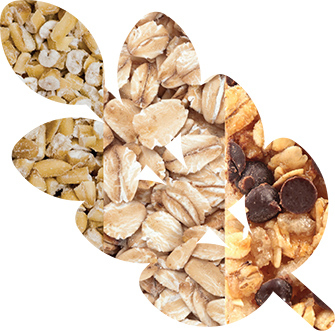
Oats
Wholegrain raw oats are harvested when the grain is fully grown and dry. Once you’ve removed the outer hull, you can use the oat kernels (groats) to make porridge, although they’ll take longer to cook than oats that have been processed further.
Rolled oats
These are made by steaming, flattening and drying oat kernels, a process that helps them cook faster. They still contain all three parts of the grain – bran, germ and endosperm – so they retain all their fibre and other nutrients.
Rolled oats still contain all three parts of the grain so they retain all their fibre and other nutrients
The soluble fibre in oats means you digest them slowly, helping to keep your blood-glucose levels more stable. Soluble fibre also helps the body to reduce the amount of LDL-cholesterol (bad cholesterol) in your blood.
Steel-cut oats – oat kernels sliced into small pieces – are even less processed, but take a little longer to cook than rolled oats.
‘Quick’ or ‘instant’ oats
These are cut smaller, pressed thinner and steamed longer than rolled oats, which is why they cook faster. They’re still a whole grain but can be digested more quickly, which can affect your blood-sugar levels.
Instant oats can be digested more quickly, which can affect your blood-sugar levels
You can buy them plain, but more processed versions often contain added sugars (some more than 20%) and flavourings, among other ingredients. For more details see our porridge oats review.
Choc chip muesli bars
These are still a source of wholegrains and fibre. But their nutritional value plunges because of the various kinds of added sugars manufacturers pour into them during production to make them stick together.
Among the ingredients of the 11 bars we taste-tested in our choc chip muesli bar review, we found sugar, glucose, invert sugar, honey, raw sugar, glucose syrup, grape-juice concentrate, invert syrup, glucose-fructose syrup, partially inverted sugar syrup, molasses, brown sugar and caramelised sugar.
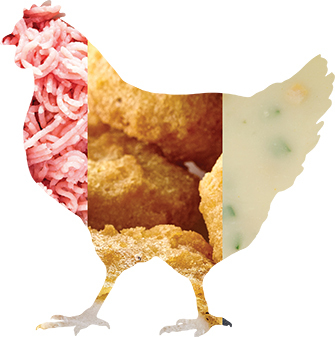
Chicken
During poultry processing, water is used for washing and chilling, and some water is absorbed by the skin or muscle tissue of carcasses.
Food standards stipulate that if chicken contains 5% or more water, it must be declared in the ingredients list (so we’re not unwittingly buying artificially plumped-up chicken).
Chicken mince
This is made by finely chopping muscle-meat trimmings with an electric mincer.
Store-bought mince should be 100% meat, no other ingredients added. But there are occasional reports of tests done by food-enforcement agencies that have detected the presence of the preservative, sulphur dioxide.
Store-bought mince should be 100% meat, no other ingredients added
Manufacturers are allowed to add sulphur dioxide to a range of specified foods, including ham and sausages. But labelling is mandatory, and it’s illegal to add it to raw minced chicken, beef or lamb.
Chicken nuggets
Nuggets from the supermarket freezer are made from machine-formed chicken (usually breast or white meat, sometimes with skin added or marinated for extra flavour), dusted with flour, then battered or crumbed.
They contain oil and have often been generously salted. They may also contain a range of other ingredients, including maize starch, colours, soya protein isolate, thickener, hydrolysed vegetable protein, vegetable gums, acidity regulators, flavours, mineral salts and sugar.
Nuggets from the supermarket freezer are made from machine-formed chicken
You can make your own healthier chicken nuggets at home by chopping chicken breast or thigh fillets into chunks, coating in a seasoned flour, dunking in an egg or buttermilk mixture, and coating with bread crumbs.
Try seasoning the flour with herbs and spices rather than salt, and either cook them in an air fryer or oven bake them to minimise how much oil you need to use, if any. Use panko crumbs for a more golden colour.
Chicken soup mix
Dry-mix soup is a combination of desiccated ingredients – primarily salt, occasionally noodles, in many cases added sugar, flavour enhancers and vegetable oil, and a token proportion of vegetables and chicken.
The meatiest products in our chicken soup review contain 11% chicken. Nine of the 53 products we compared contain none at all – they’re just chicken-flavoured.
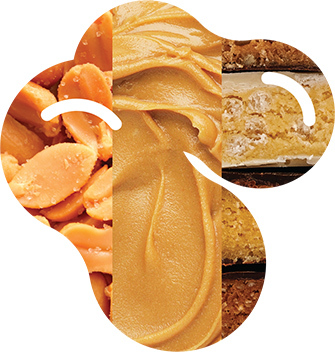
Peanuts
Peanuts, like other nuts, are a good source of protein (about 25%), healthy fats, fibre, vitamins and minerals. Once peanut plants are pulled out of the ground, they’re left to dry for a few days before the peanut pods are separated from the plant.
Roasted peanuts
Before packaging, peanuts are shelled, blanched to remove the skins, roasted in oil and often salted. Nutritionally, they’re similar to fresh peanuts in the shell, except for that added sodium.
Peanut butter
Some peanut butter sold in supermarkets is minimally processed – just ground peanuts, with or without salt – so you’ll need to stir it first.
Many peanut butter brands include additional oils, emulsifiers, stabilisers and added sugars
But many brands on the shelf include additional oils (often hydrogenated), emulsifiers and stabilisers to stop the peanut butter separating. And about half contain added sugars. Our peanut butter review has more.
Peanut butter protein bars
Products vary, but in many protein bars the peanut butter is little more than flavouring.
Much of the protein in Aussie Bodies and Clif peanut-butter bars, for example, is from soy protein isolate, which is protein in powder form that has been extracted from the soybean and concentrated.
In many protein bars the peanut butter is little more than flavouring
The first ingredient in the Clif bar is actually sugar, in the form of rice syrup, and the ingredients list of the Aussie Bodies bar is littered with non-nutritive sweeteners and other additives.
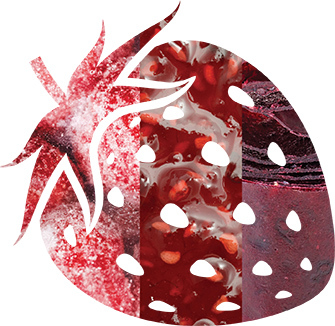
Strawberries
Once picked, strawberries don’t continue to ripen, so they need to be picked ripe. They contain dietary fibre and are a source of vitamins, particularly vitamin C, and minerals such as potassium.
Frozen strawberries
The benefit of freezing is that it preserves the nutritional value of a food, so frozen strawberries are pretty much as good for you as fresh ones are.
The benefit of freezing is that it preserves the nutritional value of a food
But strawberries also have a high water content and when they’re frozen this water expands. This ruptures their cell walls, so that when they defrost, they have trouble holding their shape and become soft and mushy. That’s why it’s best to eat them while they’re still partially frozen.
Strawberry jam
Whether it’s homemade or store bought, strawberry jam – essentially a 50:50 combo of strawberries and sugar, combined and heated until the mixture reaches a setting point – wouldn’t be considered healthy.
But at home you’d typically make jam using just fruit, sugar and lemon juice (possibly adding pectin to ensure it sets), whereas the ingredient list of a store-bought jam might also include firming agents or mineral salt such as calcium chloride, acidity regulators such as citric acid, glucose or fructose syrups, and non-nutritive sweeteners. See our strawberry jam review for details.
Strawberry roll up
To make a fruit leather, you pre-cook, purée then roll out the mixture to form a thin layer, before drying and cutting it out.
This might seem fairly wholesome – it’s 100% fruit, after all – but dried fruit is high in kilojoules, can stick to the teeth and increases the risk of dental decay, so it’s not something you should eat regularly.
Strawberry purée is just 1% of Uncle Tobys Strawberry Flavour Roll Ups
Highly processed fruit roll-ups are even worse. The ingredients list of Uncle Tobys Strawberry Flavour Roll Ups, for example, reads: maltodextrin, concentrated fruit purée, sugar, soluble corn fibre, modified starch (1442), sunflower oil, apple juice concentrate, emulsifier (471), natural flavour, food acid (malic, citric), colours (anthocyanin, carbon black, turmeric) and vegetable gums (410, 415). Strawberry purée is just 1% of the total.
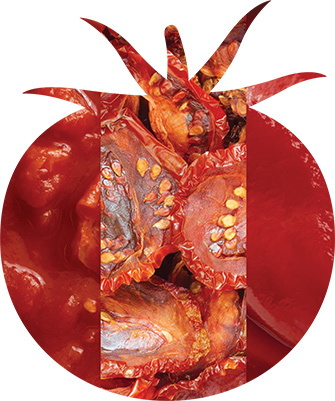
Tomatoes
Tomatoes are rich in vitamins A and C, niacin and lycopene (a plant nutrient with antioxidant properties), contain a variety of minerals that are beneficial to your health, and are a source of dietary fibre.
You can eat them raw or cooked, and in fact the lycopene content of tomatoes goes up when you heat them.
Canned tomatoes
Ripened tomatoes are picked, have their skins removed (usually through steaming or plunging in hot water), then sealed in a can with tomato juice or purée. The can is then held at temperature until the contents are sterilised, and the tomatoes get cooked in the process.
They’re often 100% tomatoes, but some canned tomatoes also contain salt and additives
They’re often 100% tomatoes, but some canned tomatoes also contain salt and additives that include thickener and calcium chloride (a firming agent), so check the label.
Sundried tomatoes
You can make these at home by slicing tomatoes in half, seasoning them with salt and cooking them slowly on a low heat in the oven, or in a food dehydrator. To make them last longer, refrigerate or freeze them, or store them in a jar of olive oil with fresh or dried herbs.
Sundried tomatoes in oil have a higher sugar content, fewer vitamins and significantly more kilojoules
Compared with fresh tomatoes, sundried tomatoes in oil have a higher sugar content, fewer vitamins (dehydrating leads to loss of water-soluble vitamins such as vitamin C) and significantly more kilojoules.
Store-bought sundried tomatoes often have added sugar and preservatives too.
Tomato sauce
Although they’re made largely of tomato concentrate (plus sugars, salt, vinegar and various spices), tomato sauces can pack a lot of sugar and sodium into a tiny serving.
Tomato sauces can pack a lot of sugar and sodium into a tiny serving
In our supermarket tomato sauce review, most of the 22 sauces were at least 20% sugar, and several contained more than 1200mg sodium per 100g.
Heinz Organic Tomato Ketchup, for instance, lists tomato concentrate as its first ingredient, but its second and third ingredients are sugar and salt.


